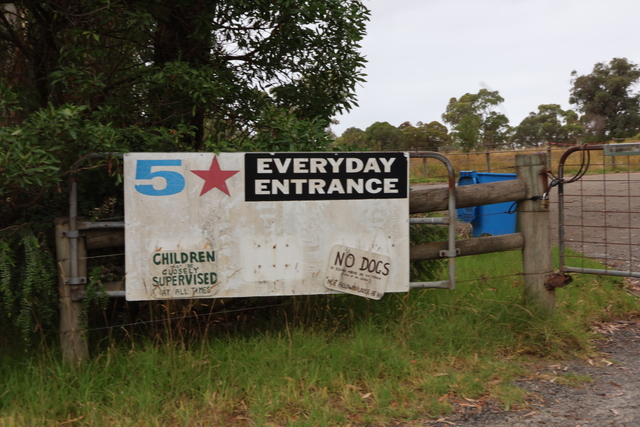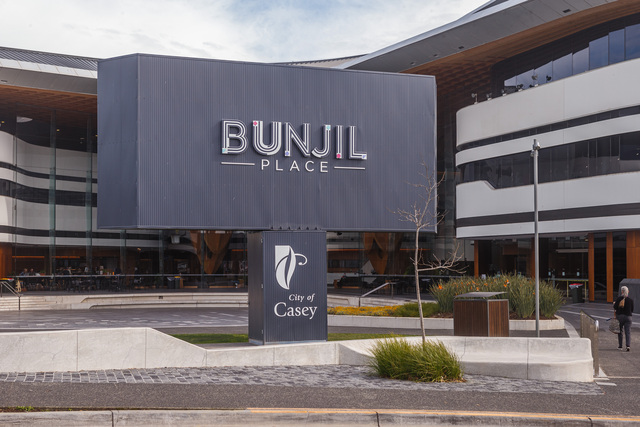A neighbour’s fight to stop the development of three, two-storey dwellings in a residential Endeavour Hills street has been thwarted by the state tribunal.
Ranleigh Moldrich, who owns a property south of the proposed site at 10 Haverstock Hill Close, Endeavour Hills, took the development proposal to the Victorian Civil and Administrative Tribunal (VCAT) after it was initially approved by Casey Council.
Mr Moldrich argued the dwellings would not be in keeping with the area’s character, which comprises mostly single-storey homes.
But VCAT member Mary-Anne Taranto ruled on 21 November that the construction would be “respectful of the existing character and would not cause unreasonable amenity impacts”.
“The proposal will bring about some change to this location. However, I have concluded that on balance, the degree of change that this proposal will bring is of an incremental nature,” member Taranto said.
The site sits on more than 800sqm of land and is currently occupied by a single-storey dwelling, driveway and garage to its south side.
Mr Moldrich argued the dwellings would not be suitable due to the proposed number of dwellings, their two-storey scale, impacts on vegetation and the site’s 1.1 kilometre distance from the Endeavour Hills Major Activity Centre.
The resident also expressed concern about the perceived impact on pedestrian safety, amenity including noise from cars using the driveway, loss of privacy and loss of views and natural light to the north.
The council and VCAT both refuted these claims.
“I would not refuse this proposal on the basis that it involves a proposal for dwellings that have a two-storey scale in this particular context. There are no planning controls or policy directions that seek to limit development in this location to buildings that are single-storey in scale,” Member Taranto said.
“In relation to noise from cars and people, any such noise is not an unexpected occurrence in an urban residential environment and is not a reason to refuse a permit.
“In relation to loss of views, there is no legal right to a view.”
Most housing in the surrounding area appears to have originally occurred in the past four or five decades, comprising single-storey detached brick dwellings, the hearing heard.
“The key issues raised in relation to neighbourhood character by the applicant concerns the inclusion of two-storey dwellings in an area where single-storey development predominates,” member Taranto said.
The triple unit development will continue, with a number of amendments to the planning permit, including changes to the west facing guest-room window to improve acoustic and visual privacy.
Casey Council originally approved the development plans 13 months ago, despite 16 community objections.







